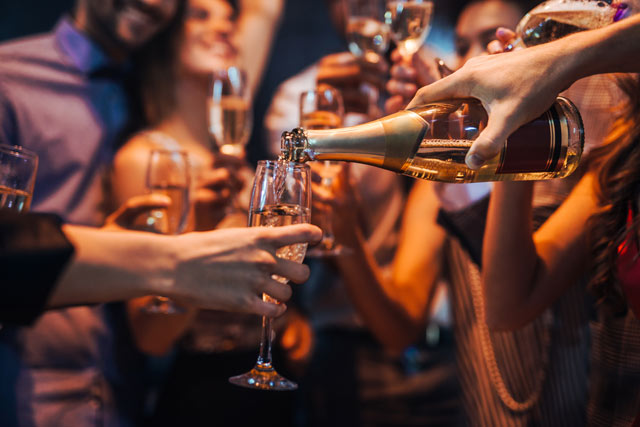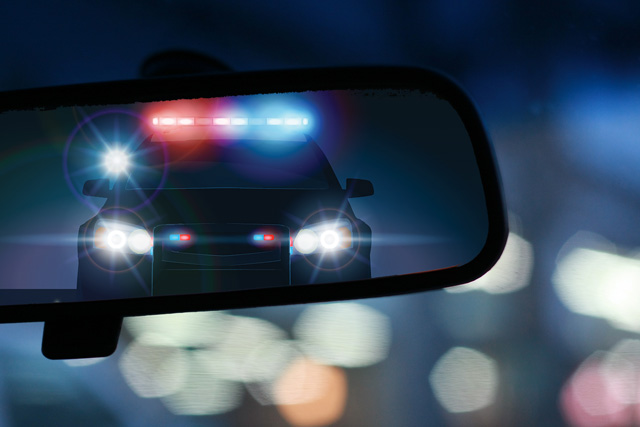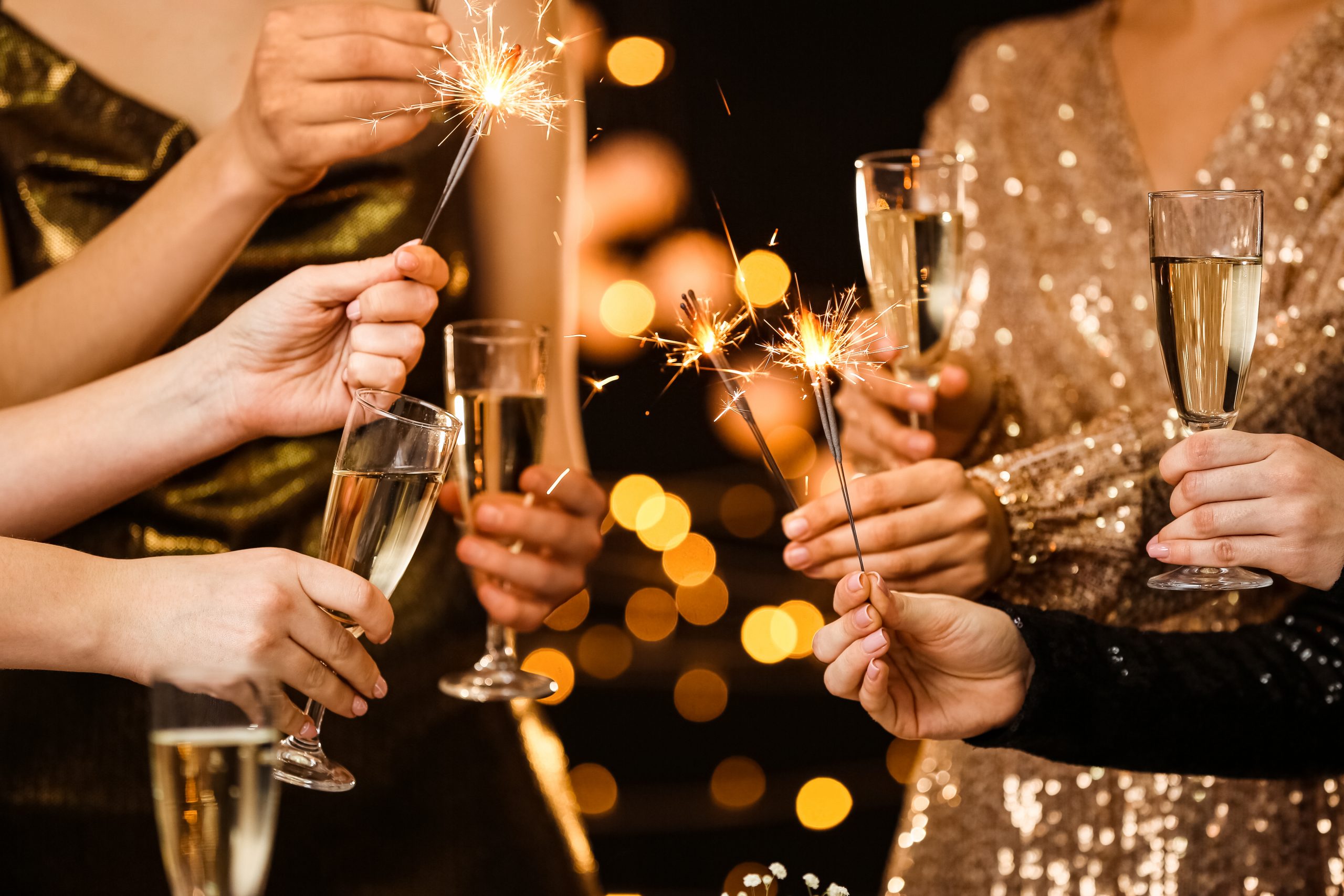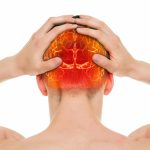New Year’s Eve is always a dangerous combination of hazards: traditional celebrations with alcohol, and late night driving. It’s no wonder that the wee hours of January 1st are some of the deadliest times of the year to be on the road. Here are some numbers to remind you to stay safe if you will be driving on New Year’s Eve:
Sobering New Year’s Eve Statistics
62% of New Year’s auto accident deaths between 2011-2015 were caused by drunk drivers. According to the Insurance Institute for Highway Safety, New Year drunk driving deaths exceed those of any other day of the year. The typical percentage of DUI (driving under the influence) accident deaths for any other day of the year during that same period was 35%.
According to 2015 statistics by the California Highway Patrol, New Year DUI arrests in Los Angeles County that year was more than twice the arrest rate of previous years.
People seem to drive even drunker than normal on New Year’s Eve as well. In any state, it’s illegal to drive with a blood alcohol concentration (BAC) of .08 or higher, but 71% of New Year’s traffic fatalities involved drivers with a BAC of .015. To provide some idea of how drunk that is, see the chart in the section below.
“New Year’s Day now is the accepted time to make your regular annual good resolutions. Next week you can begin paving hell with them as usual.”- Mark Twain
It’s not all bad news: Due to publicity and peer pressure, drunk-driving fatalities in the United States have fallen by 18% since 1982. There is still much room for improvement, though. DUI accidents still account for 29 percent of all traffic fatalities in the U.S. In 2017, more than 10,000 people were killed in alcohol-related car crashes. That amounts to one person dying in a drunken driving accident every 49-50 minutes.

The Effects of Blood Alcohol Concentration
BAC is the percent of the alcohol concentrated with your blood at any given moment. Drivers who are impaired by alcohol or drugs (including marijuana) are operating with diminished brain function. resulting in reduced motor coordination and reaction time, putting passengers, pedestrians, and other drivers at risk.
“First you take a drink, then the drink takes a drink, then the drink takes you.” – F. Scott Fitzgerald
But how impaired is too impaired? Here’s what BAC looks like at increasing levels:
| BAC | Behavior | Driving Ability |
| .02 -.04 (about 2 drinks) |
You feel warmer, more relaxed, more talkative. You may feel euphoric, or that your mood is intensifying. | Your judgment is impaired; you may have some difficulty doing more than one thing at a time. |
| .05 -.06 (about 3 drinks) | Your behavior is exaggerated; you’re louder, your gestures are broader and clumsier. Your inhibitions are lower, and emotions are intensified. | You have difficulty steering and focusing on moving objects. Your depth perception is reduced, and reaction times are slower. |
| .02 -.04 (about 2 drinks) |
You feel warmer, more relaxed, more talkative. You may feel euphoric, or that your mood is intensifying. | Your judgment is impaired; you may have some difficulty doing more than one thing at a time. |
| .05 -.06 (about 3 drinks) | Your behavior is exaggerated; you’re louder, your gestures are broader and clumsier. Your inhibitions are lower, and emotions are intensified. | You have difficulty steering and focusing on moving objects. Your depth perception is reduced, and reaction times are slower. |
| .08 (about 4 drinks – it’s illegal to drive in the U.S.) |
You think you’re doing great – but you’re not. You lack self-control, balance and muscle coordination. You have short-term memory problems. | You have trouble concentrating, focusing your vision or processing information. You lack the ability to perceive or control your speed. |
| .10-.12 (about 5-6 drinks, but you don’t remember) |
At this point, you can’t walk straight, and your speech is slurred. You may be overly expressive, aggressive or belligerent. You might vomit. | Your reaction time is deteriorated. You’re losing muscle control in your arms and legs, so you can’t stay in one lane or brake appropriately. |
| .15+ (7 or more drinks, but you can’t count anymore) |
You lose your balance; even standing may be difficult. Your judgment is significantly impaired, and you may be violent or hurt someone accidentally. You may pass out. | Your gross motor skills and vehicle control are gone; your reaction times have no connection with reality. You have difficulty processing what you see and hear. |
Why People Drink So Much on New Year’s Eve
New Year’s Eve is a symbolic celebration of renewal: out with the old year, and in with the new. It seems appropriate to raise a glass in honor of the past, and to toast the future. But why do so many of us raise our glasses more often than necessary?
“The proper behavior all through the holiday season is to be drunk. This drunkenness culminates on New Year’s Eve, when you get so drunk you kiss the person you’re married to.” – P. J. O’Rourke
A recent Harris Poll examined the behavior of adults during the holiday season and the reasons behind their actions. 16% of those polled said they definitely drink more than normal during the holidays, and 50% said alcohol plays a role in their family gatherings, often as a way to reduce the stress and anxiety those events can bring. Over half of those polled had negative consequences to drinking during the holidays, including:
- 10% got into a car accident due to alcohol impairment
- 13% had a DUI charge
- 16% said things they now regret (like Don Lemon, whose drunk New Year broadcasts are becoming a tradition)
- 16% had sex with someone they now regret
- 24% blacked out and couldn’t remember what happened

How You Can Lower the Odds
The National Highway Traffic Safety Administration recommends the following ways to help prevent alcohol-related injuries this New Year’s Eve:
- Don’t drink and drive – for any reason. Call for a ride, use public transportation, stay the night.
- If you know you will be drinking, make plans to get home safely: Designate a driver who won’t be drinking; take a taxi home or use a rideshare service such as Uber or Lyft.
- Don’t let friends and family drive under the influence. Take their keys and help them find a sober ride home.
- If you’re hosting a party where alcohol will be served, make sure all guests leave with a sober driver.
- Buckle up! Wear your seat belt and use extreme caution – you may be sober, but other drivers on the road may not.
- If you see an impaired driver, call the police or highway patrol. You might save a life.
“Celebrate what you want to see more of.” – Tom Peters
If you are injured by a driver under the influence of alcohol or drugs, on New Year or any other day, it is important to contact an experienced DUI injury law firm to receive the highest number possible in terms of compensation for your medical expenses, pain and suffering, mental anguish, property damage, lost wages, and all your other injuries and damages. You may also be entitled to recover punitive damages against the driver, to send a warning that those who drive under the influence will be held to account.



